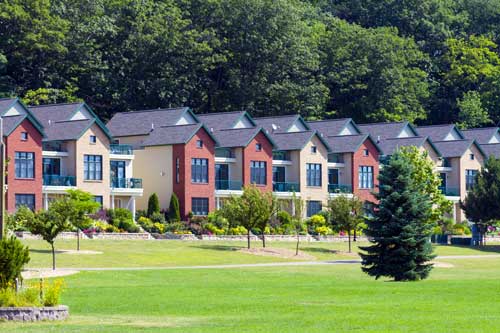Push and pull factors generating urban-rural migration
The pull factors of the countryside relate to its open spaces and its availability of land and the clean air . Champion (2001) also identifies the cultural association of British and more specifically English people with the countryside. In addition, greenbelt policy aimed at containing urban populations itself is also considered to be a factor, although more of a push factor rather than a pull factor.
Other pull factors relate to the structural change in the UK economy which has resulted in a move to a service-based economy and this along with light industries have been more mobile than the heavy industries of the past concentrated in urban centres. Employment opportunities have therefore expanded in to the countryside (Champion 2001) and urban fringe (Gallent 2006) in the post-industrial 21st century society in the UK.
In addition, the new middle classes at the end of the 20th century and start of the 21st century had an increasing interest in the environment and nature and also in recreational activities in the countryside. Yet with greenbelt policy and a more spatially defined rural-urban divide, a preservationist paradox (Murdoch and Lowe 2003) occurred whereby the countryside became even more attractive to the urban middle class who sought their rural idyll in rural villages in commuting distance of the city.
For families with children, the push factors from urban areas remain. Housing with gardens and related greenspaces to provide space to live and play is only available on a restricted level in existing urban suburbs which are not able to expand outwards to meet demand due to greenbelt policy. The movement from cities has also been to escape urban congestion and pollution. It has also been about escaping the perceived fear of crime and attaining a ‘slower pace of life’ with fewer people (Champion 2001). Another push factor is the lack of a quality natural environment in cities and so there is a pull to the countryside from cities to attain life in a more natural environment. According to a Countryside Commission survey (1997) 54% of residents in cities would prefer to live in a village in the countryside, hence illustrating the pull of the countryside.
